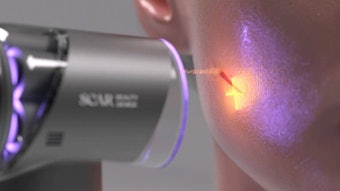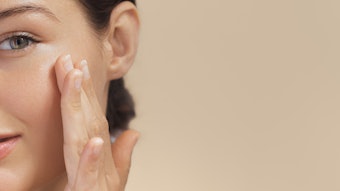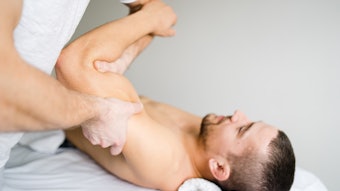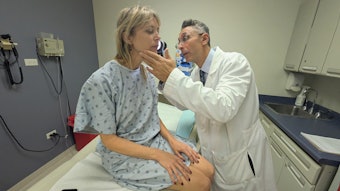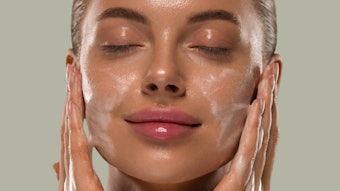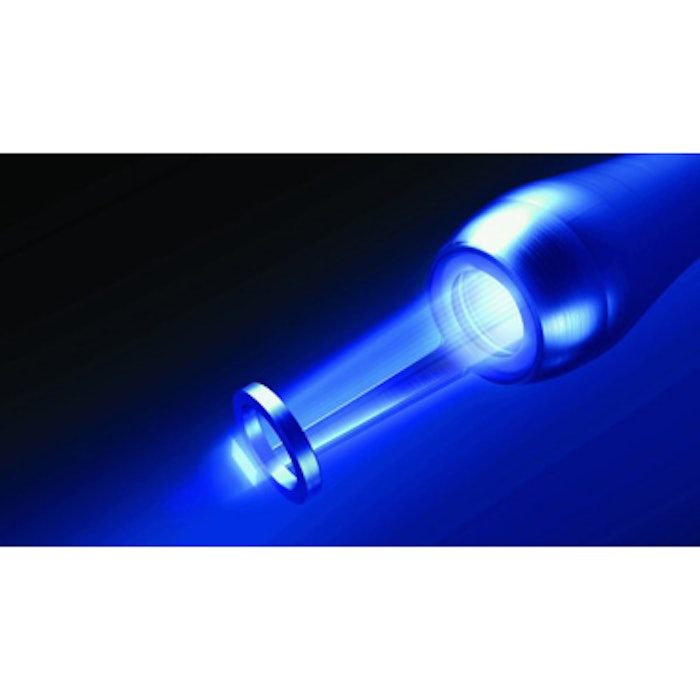
The 532nm/1,064nm Picoway Resolve picosecond holographic fractional handpiece (Syneron-Candela) improved acne scarring by an average of 28%, according to the results of a study published in Lasers in Surgery and Medicine (November 2017). Eric Bernstein, MD, et al, treated 31 subjects with either rolling or boxcar-type acne scars using either the 532nm wavelength or 1,064nm. Of the 27 subjects who completed the study, 19 were treated with 1,064nm and eight with 532nm. All underwent four monthly treatments.
Facial photography—including both cross polarized and parallel polarized photography—was performed prior to treatment and 12 weeks after the last treatment using Canfield Scientific’s Visia CR system. Results were graded by three physician evaluators and subject self-assessment. At each treatment session, two passes were administered to the affected areas in rows at right angles to one another—one vertical and one horizontal. The treating physician determined energy settings with erythema and mild petechiae as desired endpoints.
After averaging scores from the three blinded evaluators, 22 of 27 (81%) subjects showed some level of improvement; 13 of the 27 (48%) subjects had a mean improvement score of at least 2 (>20%), and 7 of 27 (26%) had a mean improvement score of 3 or better (>30%). The average improvement in the appearance of acne scars was 28% with the scores ranging from 10%-60%. The reviewers noted no difference in the mean improvement between subjects treated with 1,064nm and those treated with 532nm.
Subjects reported high satisfaction rates with the treatment results: 15 of 19 subjects treated with 1,064nm were satisfied or very satisfied with their results; all eight subjects treated with the 532 nm were satisfied or very satisfied. No severe or unexpected adverse events were noted during the study.
Image: Picoway Resolve handpiece
